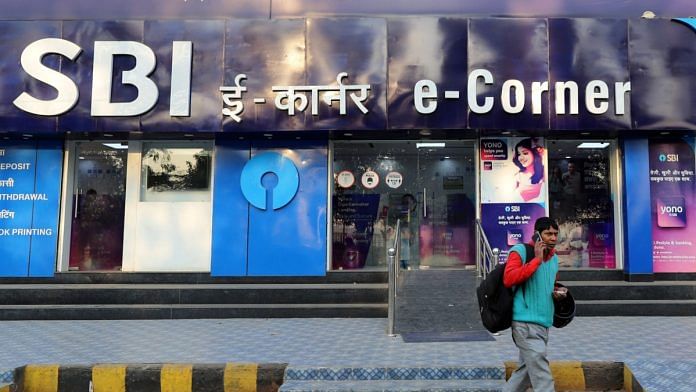Thank you dear subscribers, we are overwhelmed with your response.
Your Turn is a unique section from ThePrint featuring points of view from its subscribers. If you are a subscriber, have a point of view, please send it to us. If not, do subscribe here: https://theprint.in/
In my previous article in The Print dated 15th May’21, I have stated that we all (Government & Citizens) are to blame for our acts of commission and omission for the mess we are in. Going by what has transpired these last few weeks I can’t help but notice that the Government and the opposition are fighting an all out war against each other and are still yet to come to a consensus on the way forward.
They are busy trading blows with each other on social media and television channels on various issues be it the toolkit controversy or India’s vaccination program. At the heart of this battle lies the need to control the narrative and manage an image.
In fact managing the narrative and image has become so dear to the Government that almost everyday either in print or through television debates or through social media we are witnessing the Government issue rejoinders or fact-checks to improve the ‘optics’.
To be fair, in an era where we as a society are extremely polarized and social media platforms can be weaponised to foment trouble in society it becomes inevitable for both the Government and the Opposition to manage the narrative.
Considering that some or whole part of India goes to the polls almost every year both the ruling party and the opposition have a constant incentive to place high premiums on their image and control the prevailing narrative. Most Political parties would agree that voters decide not just on the basis of rational calculations but are also influenced by what others around them think about a particular party or an electoral issue (Bandwagon effect).
Frequent elections in some or other part of the country makes its inevitable for the ruling party to maintain a good image and this sometimes instead of being a side product of effective and efficient governance becomes the ultimate goal with disastrous consequences as has been witnessed recently.
Thus there is a lot of merit in what our Hon’ble Prime Minister Narendra Modi said at the 80th All India Presiding Officers Conference in last year where he batted for simultaneous (State and National) Elections.
The idea is definitely not a new one and it has been recommended by the Law Commissions and Parliamentary Committees in the past. Just as we would need a New Deal or a Marshall Plan for the economy to recover from COVID-19, we need to examine and urgently reform our electoral system to improve it.
Why simultaneous elections?
Frequent elections in a diverse complex democratic federal set-up like ours effectively ensures that all political parties are in permanent campaign mode, which hampers governance outcomes and also generates polarizing conversations and rhetoric which have the potential to de-stabilize a pluralistic society. A stable social fabric is a necessary pre-condition if India wants to achieve a $5 Trillion economy in the coming years.
With fewer elections, the ruling political party as well as the bureaucracy can possibly afford to focus more on durable governance outcomes, long-term reform measures and the delivery of citizen empowering measures instead of focusing on how to market existing quick fixes or populist schemes. In the current scheme of things with frequent elections parties find it easier to just come up with “jugaad” type populist measures to win elections without enough focus on building and strengthening the foundations of governance systems.
Fewer elections may also mean that voters may be more careful about their choices and may possibly give more weightage to issues that actually impact their everyday lives. It may force political parties to actually talk more about systemic reforms such as civil service, police and judicial reforms in their manifestos.
There may be certain legal and constitutional challenges with respect to implementation of this proposal but let us not forget that India did have simultaneous elections from 1952 till 1967 after which disruptions due to the usage of Article 356, and the dissolution of Parliaments disturbed the synchronization.
We must also remember that with the Anti-Defection Law and the Bommai Judgement (1994) it has become quite challenging to dismiss State Governments and disrupt the cycle if we were to go for simultaneous elections.
In many ways COVID-19 and the devastation that it has brought has given us an opportunity to introspect and challenge our assumptions about our systems whether they are geared to meet such challenges in the future. Considering the level of polarization in our society driven by various factors but not limited to constant electioneering, it is high time that this proposal of simultaneous elections be seriously considered by all stakeholders and not be confined to just academic debates. We need to seriously introspect and improve upon our electoral and governance mechanisms if we want to progress economically and truly become a ‘Vishwaguru’.
These pieces are being published as they have been received – they have not been edited/fact-checked by ThePrint.


